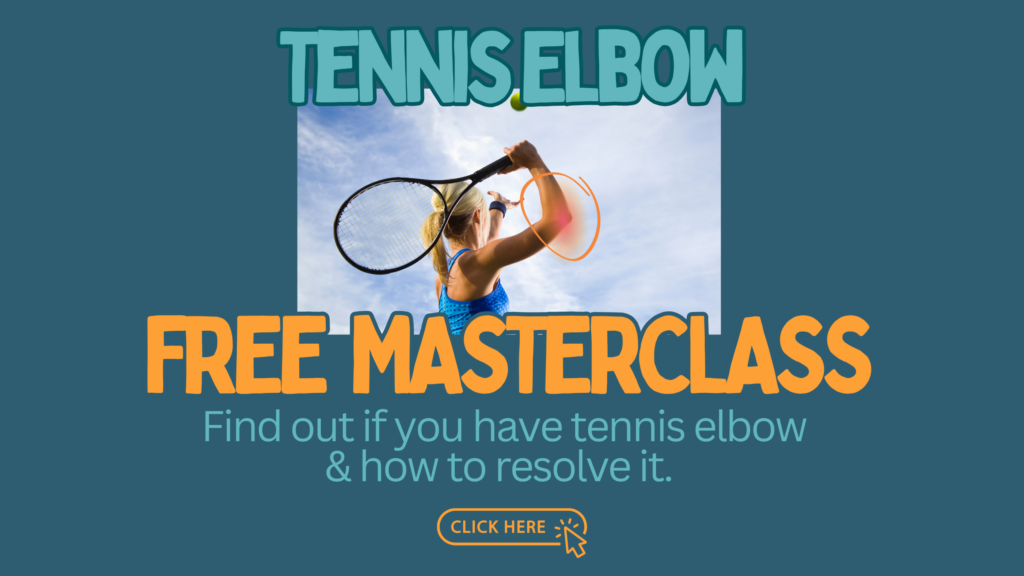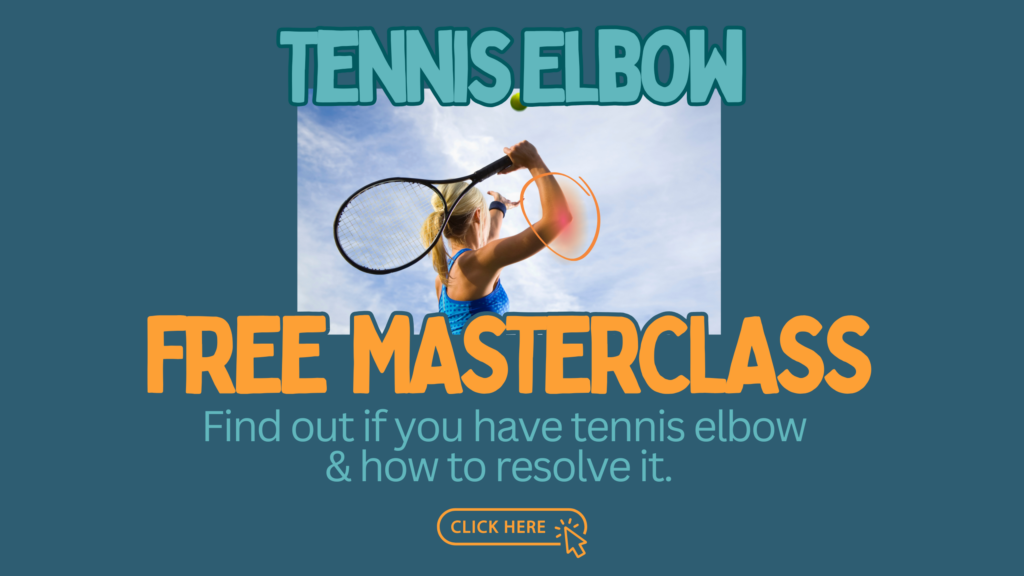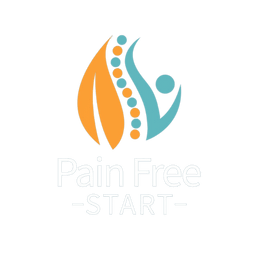Introduction
Tennis elbow, or lateral epicondylitis, is a painful condition that affects the outer part of the elbow due to overuse or repetitive strain on the tendons. As a physiotherapist, I know how hard it is to resolve this problem and ensure it doesn’t return. But whilst you are completing your rehab an elbow strap could help to help manage your symptoms. However, this is not an alternative to doing the work and improving the health of your tendon. In this blog, I’ll discuss the best elbow straps for tennis elbow, how they work, and what to look for when choosing one.
Understanding Tennis Elbow
Tennis elbow is characterised by pain and tenderness on the outer side of the elbow, often caused by repetitive motions of the wrist and arm. This condition can affect not only tennis players but also individuals involved in activities such as typing, painting, carpentry, and other tasks that require repetitive arm movements. Learn more about tennis elbow here.
How Elbow Straps Help
Elbow straps, also known as counterforce braces, work by applying pressure to the forearm muscles, which can help reduce and redirect the strain on the tendons attached to the lateral epicondyle. This in the short term can alleviate pain and improve function. The straps are typically worn just below the elbow, allowing for targeted pressure and support. You might need to play around with the position until you find one that helps.
Choosing the Right Elbow Strap
When selecting an elbow strap for tennis elbow, you might want to consider the following factors:
- Fit and Comfort: Ensure the strap fits snugly without being too tight. Adjustable options can provide a more customised fit.
- Material: Look for breathable, moisture-wicking materials to keep your skin dry and comfortable.
- Design: Decide whether you need a single strap, dual strap, or a more specialised design. Straps with pressure pads can offer targeted relief.
- Ease of Use: Choose straps that are easy to put on and take off, especially if you plan to use them frequently.
- Durability: Opt for quality construction to ensure the strap lasts through regular use.
How to Use an Elbow Strap
- Positioning: Place the strap about 2-3 inches below the elbow joint on the forearm.
- Tightness: Adjust the strap so it applies pressure without cutting off circulation. It should feel snug but not uncomfortable.
- Duration: Wear the strap during activities that aggravate your tennis elbow. Remove it during rest periods to allow your skin to breathe.
- Combination with Therapy: Use the strap in conjunction with physiotherapy exercises and other treatments for the best results.

How to Become Pain-Free and Not Become a Strap Slave.
In all honesty, when I see people in clinic I don’t immediately recommend straps. You see the strap is just temporarily covering up the fact that you have an unhealthy and overused tendon – which needs treating. So instead I give them the tools they need to fix their Tennis Elbow. With the right treatment program, you too could be pain-free in a couple of weeks – meaning no need for a strap at all.
Elbow Strap Case Study – Steve’s Story
Steve came into clinic about a month ago with tennis elbow, fed up because he had been struggling with it for almost a year. His friend had given him an elbow strap which he used for work (he is a joiner) and when he plays his twice-weekly squash with said friend. The strap helped to make it more comfortable but 1 year on he still had the problem. His pain had got worse in the last couple of weeks – hence his attendance in clinic, hoping for a miracle cure as he had a squash competition in 3 days – no pressure then! As this was not enough time for us to resolve his problem, he decided to use the strap to play in his club competition and then engage fully in rehab. I caught up with him 4 days ago and he was delighted as his pain has completely gone. I have suggested he continue his exercises for a further 4-8 weeks to ensure his tendon returns to full health and prevent the problem from recurring.
Additional Tips for Managing Tennis Elbow
- Relative Rest and Ice: Avoid aggravating activities such as gripping, extending the wrist and twisting the forearm. Apply ice to reduce inflammation and pain.
- Strengthening Exercises: Engage in strengthening exercises for the forearm and wrist muscles to improve the health of the tendon and prevent future injuries. WARNING – remember this is an overuse injury so it is important to get the balance between too much and too little right to avoid making things worse.
- Proper Technique: Ensure you use proper technique in activities that involve repetitive arm motions to reduce strain on the tendons. Don’t over-grip! often we grip harder than is needed overloading muscles more.
- Stretching: Incorporate gentle stretches for the forearm muscles to improve flexibility and reduce tension. WARNING – overstretching or stretching too early on can aggravate the tendon.
P.S. I cover all of this and more within my Tennis Elbow Program – Learn more here.

Top Elbow Straps for Tennis Elbow
Here are some of the best elbow straps that people have found useful making them a great starting point.
Simien Elbow Brace
- Design: Forearm strap with an adjustable compression pad.
- Features: Lightweight, breathable material with a hook-and-loop closure for a customizable fit.
- Why It’s Great: The Simien Elbow Brace is simple yet effective, providing targeted relief from pain and discomfort through precise pressure application.
McDavid 489 Elbow Strap
- Design: Single strap with a pressure pad.
- Features: Neoprene material for compression and heat retention, adjustable strap for a secure fit.
- Why It’s Great: The McDavid 489 offers excellent support and comfort. The neoprene material helps retain heat, promoting blood flow and healing.
TOMUST Elbow Brace
- Design: Dual strap system with a compression pad.
- Features: Adjustable straps, neoprene and nylon construction for comfort and durability.
- Why It’s Great: The dual strap system allows for more precise pressure application, ensuring optimal relief and support during activities.
BandIT Therapeutic Forearm Band
- Design: Unique hook-and-loop design for targeted pressure.
- Features: Adjustable strap and ergonomic shape for comfort.
- Why It’s Great: This band offers targeted pressure exactly where it’s needed, making it a favourite among those with tennis elbow.
Pro Band Sports BandIT Elbow Brace
- Design: Band with two plastic plates and a hook-and-loop strap.
- Features: Adjustable, breathable, and lightweight.
- Why It’s Great: The Pro Band Sports BandIT provides focused pressure on the forearm muscles, reducing strain on the tendons.
Conclusion
Managing tennis elbow can be challenging, but the right elbow strap can provide significant relief and support during your recovery. The straps mentioned above offer a combination of comfort, support, and effectiveness. Remember, while a strap can help manage symptoms, it’s important to address the root cause through proper exercise, technique adjustments, and physiotherapy. You are now armed with all the information you need to resolve this tricky problem, once and for all. If you experience persistent pain or are unsure which strap is right for you, consult with a physiotherapist for personalised advice. By taking proactive steps and using the right tools, you can get back to enjoying your favourite activities pain-free.
Take care, Helen
Helen Manders BSc (Hons) MCSP HCPC
Chartered Physiotherapist Since 2001




